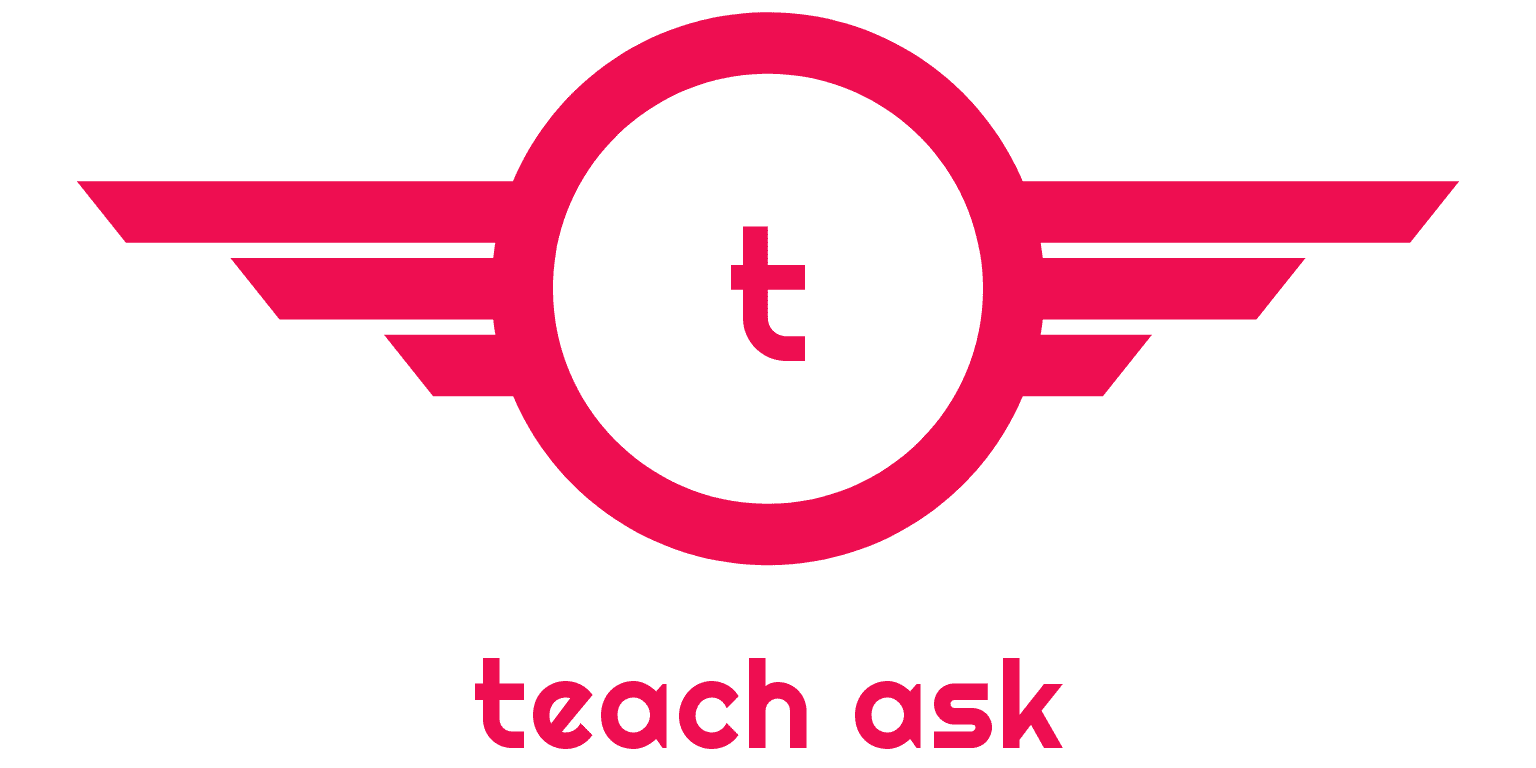Our Solar System
Journal
Can you name the 8 planets in our Solar System? This includes Earth…
Do you know any ways to remember all 8?
My Very Excellent Mother Just Sold Us Nuggets!
Galaxies
Our sun is 1 of trillions of stars in the universe. Stars are found in groups held together by gravity.
A huge group of stars is called a galaxy.
Our entire universe is made up of thousands of galaxies.
The images below show you how small we are compared to the entire universe.
The Milky Way
Our Solar System is part of the “Milky Way” galaxy.
The Inner Planets
(Terrestrial Planets)
Spinning Planets
Period of Rotation: amount of time that an object takes to rotate once. (1 Day)
Period of Revolution: time it takes an object to revolve around the sun once. (1 year)
teachask
Mercury
On Mercury you weigh only 38% of what you weigh on Earth.
Fastest orbiting planet
Planet nearest to the sun
One side of the planet can be 800 degrees Fahrenheit when the other can be -280 degree Fahrenheit at the same time.
Venus
Earth
Mars
Jupiter
Largest planet in the Solar System
Has a Great Red Spot from a storm system that is more than 400 years old (It is larger than Earth!)
9 hours and 54 min=1 Jupiter day (shortest day)
Pressure is so great it would crush a spaceship.
Saturn
2nd Largest planet in the Solar System
95 times more massive than earth.
Saturn has the largest rings of any planet, the rings are made of icy particles.
Most moons of any planet.
Uranus
Discovered in 1781
Uranus appears blue-green in color
It’s axis of rotation is tilted 90 degrees
Moons are named after Shakespearean plays and formed from other broken moons.
Neptune
What Keeps Our Planets & Other Objects In Space In Orbit??
GRAVITY & INERTIA
GRAVITY & INERTIA
Gravity – A force that pulls all objects toward each other.
Inertia – The tendency of an object to stay either at rest or in motion along a straight path
GRAVITY & INERTIA
If inertia was stronger than gravity then objects would stay on their straight path & fly off into space.
COMETS
ASTEROIDS METEOROIDS













![How to Use of Has/Have [Basic points Rules Structures Examples]](https://blogger.googleusercontent.com/img/b/R29vZ2xl/AVvXsEhFSWAQkVMciY5IncRVU8ma_BY7G9IKy1LtzgBouDX_zHPxZ3D85UUXcizg9w-0Xhe13T2TbkJAPP1j4JMfeF-vTn1EHo_HvQp2UmlyUkGduqNjvCWIQwOTl0u4AN5SHMBol-18xO-7mYA/w72-h72-p-k-no-nu/Slide8.PNG)










0 Comments